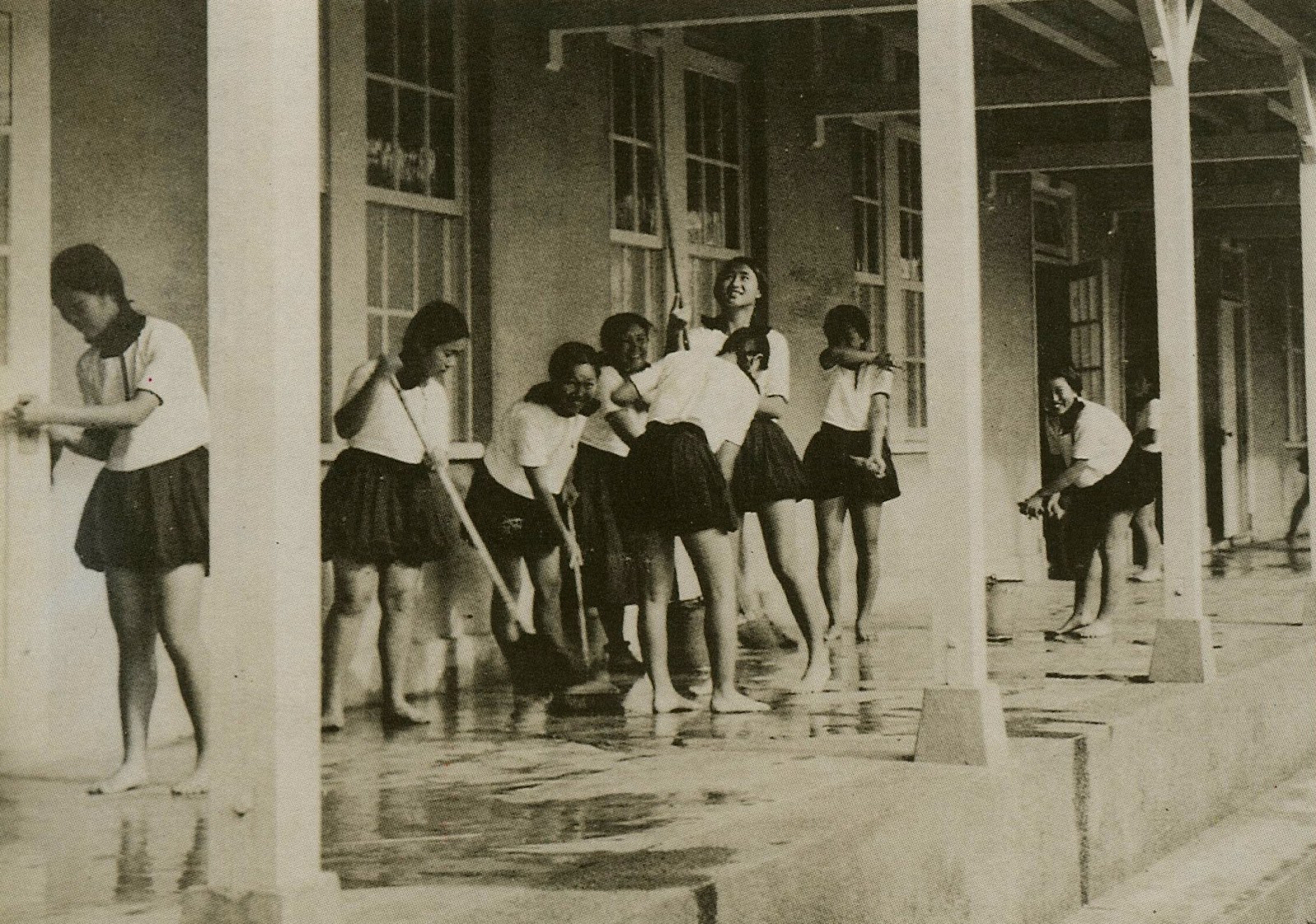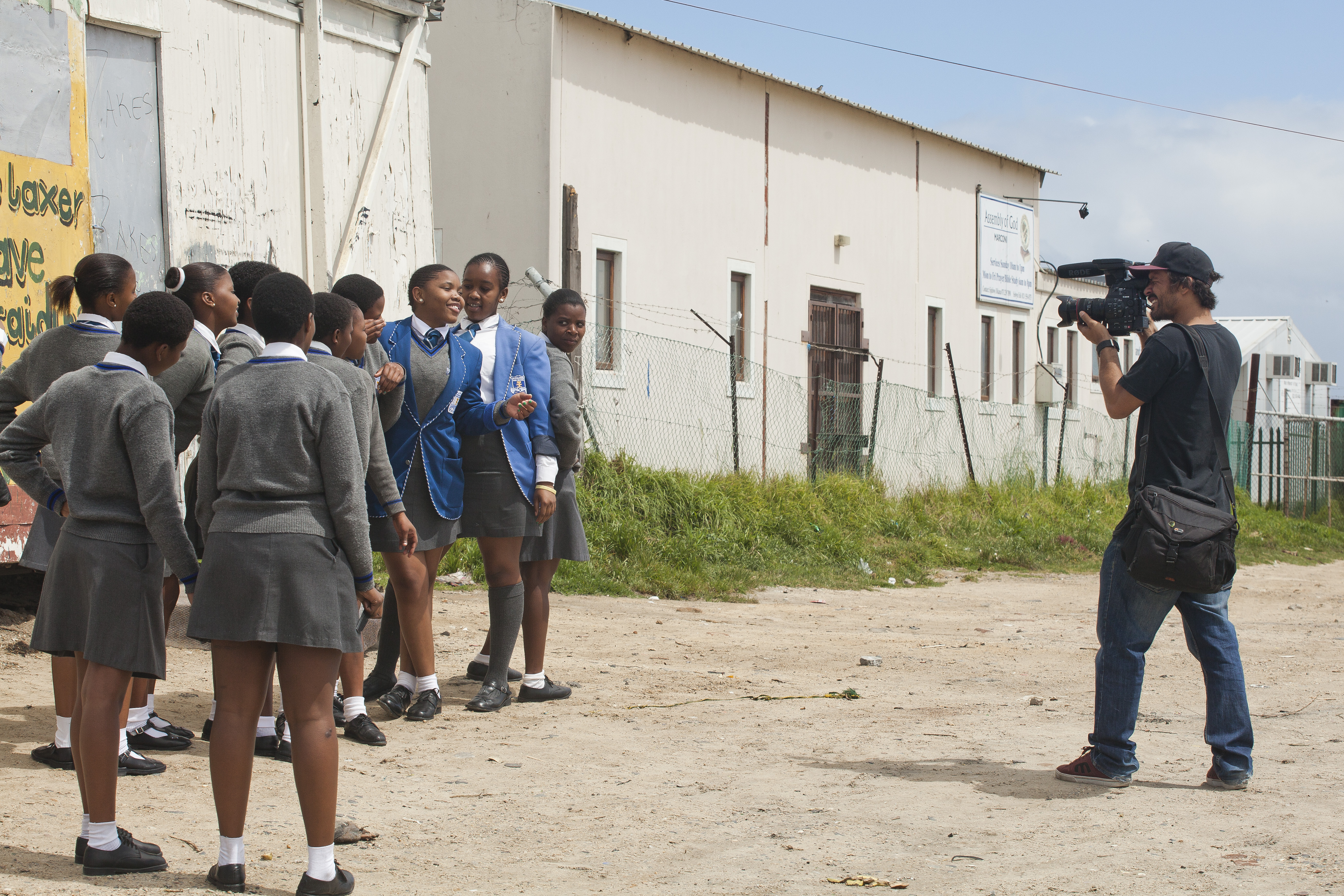|
Ljubljana Student Organisation
The Student Organisation of the University of Ljubljana (ŠOU of Ljubljana) is a student organization based in Ljubljana, Slovenia. It is the largest student organization in Slovenia and one of the largest in Europe. Its representative body is elected by all students of the University of Ljubljana. The organization's aim is to promote high-quality education, and the quality of student life. It was founded in 1990 by the Student Organisations Establishment Act and is registered with the Student Organisation of Slovenia (ŠOS). The basic instrument governing the operations of ŠOU Ljubljana as a legal entity or private law is the Law on the community of students and the student constitution. On 15 May 1990, student members at the first meeting of the Student Parliament adopted the Act establishing the ŠOU of Ljubljana, on 27 November 1990 first Student Constitution was drawn up, which established the organisation and functions of the ŠOU of Ljubljana. On 20 June 1994, the National ... [...More Info...] [...Related Items...] OR: [Wikipedia] [Google] [Baidu] |
University Of Ljubljana
The University of Ljubljana ( sl, Univerza v Ljubljani, , la, Universitas Labacensis), often referred to as UL, is the oldest and largest university in Slovenia. It has approximately 39,000 enrolled students. History Beginnings Although certain academies (notably of philosophy and theology) were established as Jesuit higher education in what is now Slovenia as early as the seventeenth century, the first university was founded in 1810 under the ''Écoles centrales'' of the French imperial administration of the Illyrian provinces. The chancellor of the university in Ljubljana during the French period was Joseph Walland (a.k.a. , 1763–1834), born in Upper Carniola. That university was disbanded in 1813, when Austria regained territorial control and reestablished the Imperial Royal Lyceum of Ljubljana as a higher-education institution. Quest for a national university During the second half of the 19th century, several political claims for the establishment of a Slovene-language u ... [...More Info...] [...Related Items...] OR: [Wikipedia] [Google] [Baidu] |
Ljubljana
Ljubljana (also known by other historical names) is the capital and largest city of Slovenia. It is the country's cultural, educational, economic, political and administrative center. During antiquity, a Roman city called Emona stood in the area. Ljubljana itself was first mentioned in the first half of the 12th century. Situated at the middle of a trade route between the northern Adriatic Sea and the Danube region, it was the historical capital of Carniola, one of the Slovene-inhabited parts of the Habsburg monarchy. It was under Habsburg rule from the Middle Ages until the dissolution of the Austro-Hungarian Empire in 1918. After World War II, Ljubljana became the capital of the Socialist Republic of Slovenia, part of the Socialist Federal Republic of Yugoslavia. The city retained this status until Slovenia became independent in 1991 and Ljubljana became the capital of the newly formed state. Name The origin of the name ''Ljubljana'' is unclear. In the Middle Ages, both ... [...More Info...] [...Related Items...] OR: [Wikipedia] [Google] [Baidu] |
Slovenia
Slovenia ( ; sl, Slovenija ), officially the Republic of Slovenia (Slovene: , abbr.: ''RS''), is a country in Central Europe. It is bordered by Italy to the west, Austria to the north, Hungary to the northeast, Croatia to the southeast, and the Adriatic Sea to the southwest. Slovenia is mostly mountainous and forested, covers , and has a population of 2.1 million (2,108,708 people). Slovenes constitute over 80% of the country's population. Slovene, a South Slavic language, is the official language. Slovenia has a predominantly temperate continental climate, with the exception of the Slovene Littoral and the Julian Alps. A sub-mediterranean climate reaches to the northern extensions of the Dinaric Alps that traverse the country in a northwest–southeast direction. The Julian Alps in the northwest have an alpine climate. Toward the northeastern Pannonian Basin, a continental climate is more pronounced. Ljubljana, the capital and largest city of Slovenia, is geogr ... [...More Info...] [...Related Items...] OR: [Wikipedia] [Google] [Baidu] |
Europe
Europe is a large peninsula conventionally considered a continent in its own right because of its great physical size and the weight of its history and traditions. Europe is also considered a Continent#Subcontinents, subcontinent of Eurasia and it is located entirely in the Northern Hemisphere and mostly in the Eastern Hemisphere. Comprising the westernmost peninsulas of Eurasia, it shares the continental landmass of Afro-Eurasia with both Africa and Asia. It is bordered by the Arctic Ocean to the north, the Atlantic Ocean to the west, the Mediterranean Sea to the south and Asia to the east. Europe is commonly considered to be Boundaries between the continents of Earth#Asia and Europe, separated from Asia by the drainage divide, watershed of the Ural Mountains, the Ural (river), Ural River, the Caspian Sea, the Greater Caucasus, the Black Sea and the waterways of the Turkish Straits. "Europe" (pp. 68–69); "Asia" (pp. 90–91): "A commonly accepted division between Asia and E ... [...More Info...] [...Related Items...] OR: [Wikipedia] [Google] [Baidu] |
Student Organisation Of Slovenia
A student is a person enrolled in a school or other educational institution. In the United Kingdom and most commonwealth countries, a "student" attends a secondary school or higher (e.g., college or university); those in primary or elementary schools are "pupils". Africa Nigeria In Nigeria, education is classified into four system known as a 6-3-3-4 system of education. It implies six years in primary school, three years in junior secondary, three years in senior secondary and four years in the university. However, the number of years to be spent in university is mostly determined by the course of study. Some courses have longer study length than others. Those in primary school are often referred to as pupils. Those in university, as well as those in secondary school, are referred to as students. The Nigerian system of education also has other recognized categories like the polytechnics and colleges of education. The Polytechnic gives out National Diploma and Higher Nation ... [...More Info...] [...Related Items...] OR: [Wikipedia] [Google] [Baidu] |
National Assembly Of The Republic Of Slovenia
The National Assembly ( sl, Državni zbor Republike Slovenije, or ), is the general representative body of Slovenia. According to the Constitution of Slovenia and the Constitutional Court of Slovenia, it is the major part of the distinctively incompletely bicameral Slovenian Parliament, the legislative branch of the Republic of Slovenia. It has 90 members, elected for a four-year term. 88 members are elected using the party-list proportional representation system and the remaining two, using the Borda count, by the Hungarian and Italian-speaking ethnic minorities, who have an absolute veto in matters concerning their ethnic groups. As of May 2022, the 9th National Assembly of the Republic of Slovenia is in session. Legislative procedure A bill can be submitted to the National Assembly by: * the Government * an MP * the National Council * 5,000 voters The legislative procedure begins when the Speaker passes a bill to the MPs. There are three possible legislative procedur ... [...More Info...] [...Related Items...] OR: [Wikipedia] [Google] [Baidu] |
Students' Unions
A students' union, also known by many other names, is a student organization present in many colleges, universities, and high schools. In higher education, the students' union is often accorded its own building on the campus, dedicated to social, organizational activities, representation, and academic support of the membership. In the United States, ''student union'' often only refers to a physical building owned by the university with the purpose of providing services for students without a governing body. This building is also referred to as a student activity center, although the Association of College Unions International (largely US-based) has hundreds of campus organizational members. Outside the US, ''student union'' and ''students' union'' more often refer to a representative body, as distinct from a ''student activity centre'' building. Purpose Depending on the country, the purpose, assembly, method, and implementation of the group might vary. Universally, the purpose of ... [...More Info...] [...Related Items...] OR: [Wikipedia] [Google] [Baidu] |
Students In Ljubljana
A student is a person enrolled in a school or other educational institution. In the United Kingdom and most commonwealth countries, a "student" attends a secondary school or higher (e.g., college or university); those in primary or elementary schools are "pupils". Africa Nigeria In Nigeria, education is classified into four system known as a 6-3-3-4 system of education. It implies six years in primary school, three years in junior secondary, three years in senior secondary and four years in the university. However, the number of years to be spent in university is mostly determined by the course of study. Some courses have longer study length than others. Those in primary school are often referred to as pupils. Those in university, as well as those in secondary school, are referred to as students. The Nigerian system of education also has other recognized categories like the polytechnics and colleges of education. The Polytechnic gives out National Diploma and Higher Nation ... [...More Info...] [...Related Items...] OR: [Wikipedia] [Google] [Baidu] |
Student Organizations Established In 1990
A student is a person enrolled in a school or other educational institution. In the United Kingdom and most commonwealth countries, a "student" attends a secondary school or higher (e.g., college or university); those in primary or elementary schools are "pupils". Africa Nigeria In Nigeria, education is classified into four system known as a 6-3-3-4 system of education. It implies six years in primary school, three years in junior secondary, three years in senior secondary and four years in the university. However, the number of years to be spent in university is mostly determined by the course of study. Some courses have longer study length than others. Those in primary school are often referred to as pupils. Those in university, as well as those in secondary school, are referred to as students. The Nigerian system of education also has other recognized categories like the polytechnics and colleges of education. The Polytechnic gives out National Diploma and Higher Nation ... [...More Info...] [...Related Items...] OR: [Wikipedia] [Google] [Baidu] |





